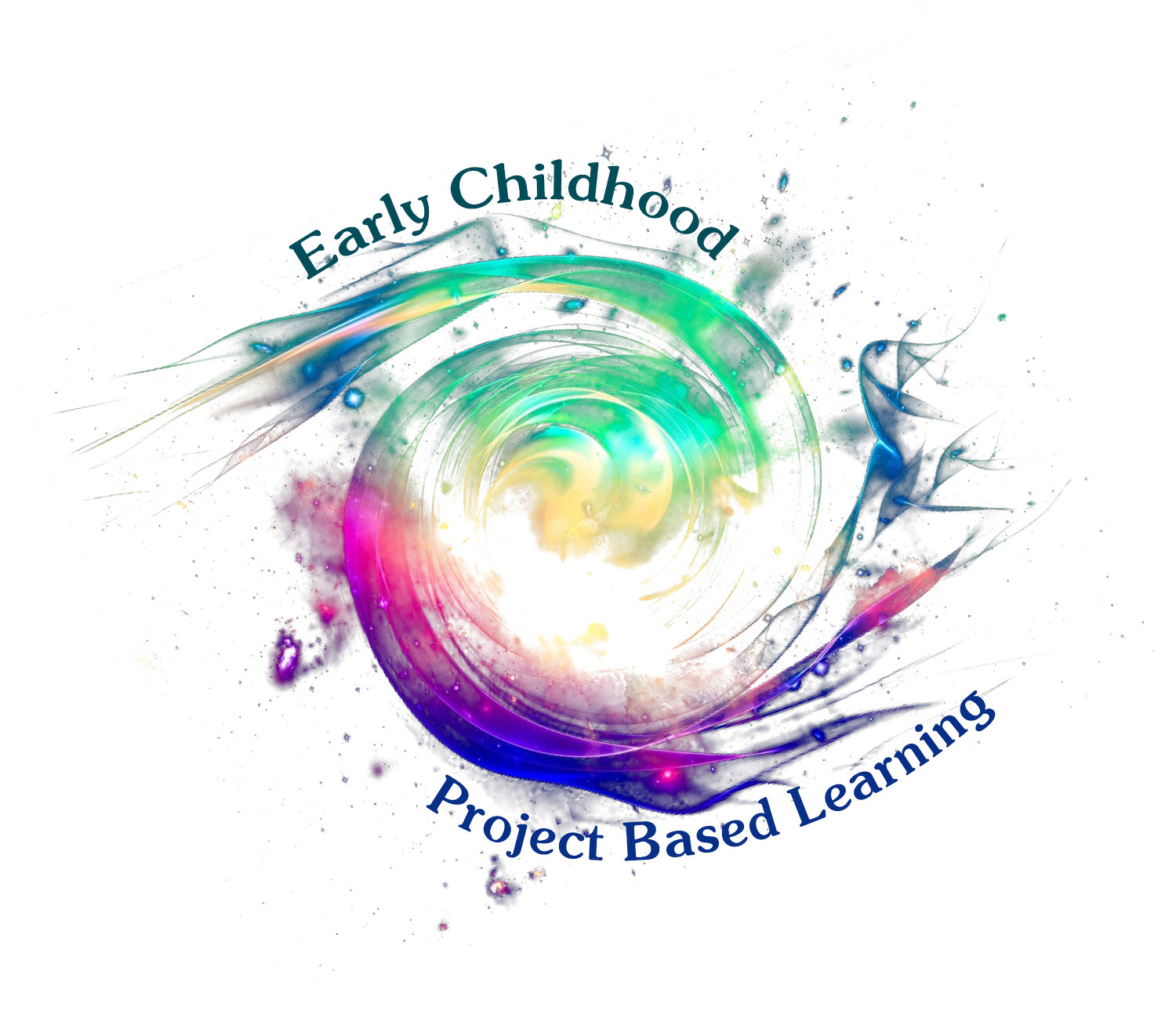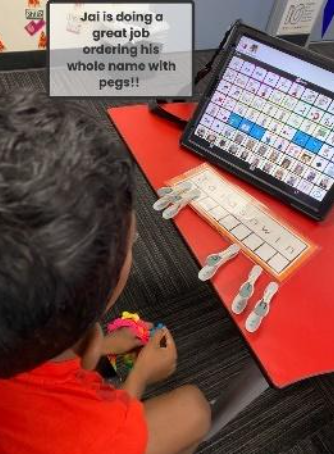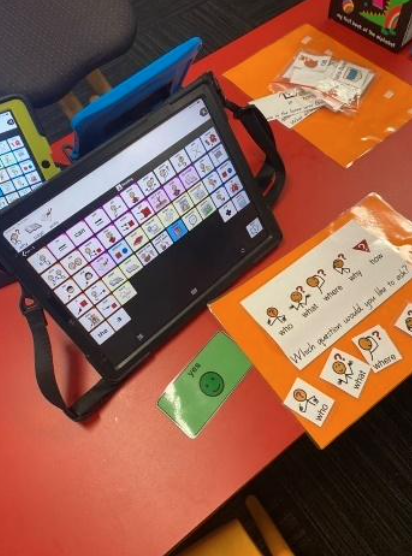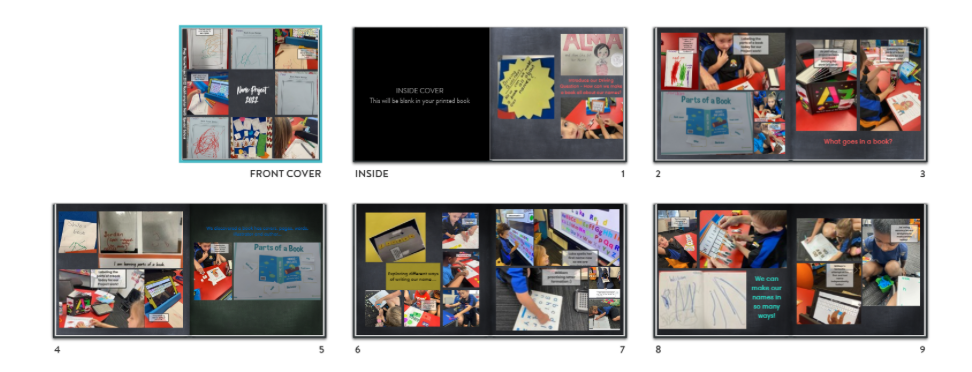A Project of Possibilities
I am Kylie Fisher-Davis and I have been a dedicated special education teacher at Rockhampton North Special School in Australia for the past 6 years. I am currently teaching a group of five students who are non-verbal, intellectually impaired, with other associated disabilities ranging from physical to Autism. My partnering teacher Belinda Roper has a group of 4 students all with similar additional needs. We share our responsibilities amongst the 9 students and at times, we combine to form a bigger group for our project work. This story tells how we modified the Names Project on the ECPBL site to really meet the needs of a group of students with very complex medical, communicative and behavioural needs.
I’d like to acknowledge the Darumbal people and their past current and future ancestors for allowing us to all teach and learn on their country.
Project Beginnings
I think for our little people who are ages 5-6 years old, it was important to make sure we started with something basic and relatable for them given this is their first formal schooling year. It was also the pilot year for our school with a Project Based Learning approach to the Australian curriculum. As co-teachers, Belinda and I decided that the framework for the Names Project would make a logical place to start - especially given some barriers which were definitely accounted for in the planning process, the largest being our students who are not yet able to communicate verbally.
We began this project using the suggested reading materials as a guide, pacing ourselves so as not to become overwhelmed. We engaged in action research throughout the process to really reflect on what can and can’t work for each individual student. The project was spaced out over 18 weeks due to complications with a high absentee rate with the Covid wave and the other curriculum requirements that needed to be met. With Balanced Literacy as a pedagogical approach to learning literacy, we have a huge focus on name recognition and writing so this Names Project was a wonderful way to kick off the first year of schooling for our most vulnerable students who are still learning to communicate their needs, wants and abilities.
In this project, students had to focus on a number of core skills. These included the very basics of identifying their names with their image next to it as well as writing their name to the best of their ability. This requires a large amount of observational practice and skill to identify what children’s preferred alternative pencil might be based on differing needs. These can include mainstream pencil, keyboards, letter cards and visuals with partner-assisted scanning and AAC (Augmentative and Alternative Communication) devices as seen in the images. Students also learnt the parts of a book and many communicative skills such as asking questions, commenting on a text, answering yes/no questions and active listening skills.
Driving Question: How can we make a book all about our names?
Our Challenges
It’s easy to begin a new year, new students, new pedagogical approach and feel like it’s all too much. In our situation we had a realm of other challenges to consider. Our students were presenting with significant behavioural issues and had difficulties with attention and communication. None of the students were verbal and thus they required us to be role models and act as their communication partners. Being their first year, it was a real juggling act trying to teach against all these odds, but we focused on our primary skills first. We decided it was important to have our students learn what their own photograph and name looked like, how they can tell people their name and how to ask questions. For some students with more complex needs in communication, the focus was engaging with the speaker when hearing their name by turning towards them or making brief eye contact. Repetition with variety is a practice we used daily, which involved reading the story each day, writing a predictable sentence about the book, and answering comprehension questions with visuals over the course of two weeks. This supports the students to identify the consistent expectations and predict what happens next, increasing their opportunities to engage appropriately for lengthening periods of time. We also engage in daily name-writing practice in various ways such as written, typed and varying sensory activities such as peg names and sand writing.
Our Highlights
Some of the very special and meaningful moments that we are so very proud of during our project learnings involved the “meet the expert” aspect and the final creation of the end product. We discovered with limited questioning ability that we would really focus on finding these icons on our AAC device and how to ask “What’s your name?” and find the answer by either spelling or finding our image in the AAC device. Our expert was an author named Amanda Hartmann who just so happened to be a Speech Pathologist that wrote her own book called AAC Rhyme Time that was a real celebration of children who used AAC to communicate. This text brought about a sense of belonging and it was especially wonderful that Amanda replied to our interview questions via video link using AAC herself so we could really understand ways in which we could make a book.
Learning how to ask questions
Identifying and meeting the expert author
Key Takeaways
Project Based Learning is a meaningful and motivating approach to teach and learn a number of skills for both educators and students of all abilities. Along the way, we discovered what our students were able to do, and needed to learn, in order to engage successfully in this style of inquiry based learning. We discovered how important it is for all students to learn and develop skills such as foundational skills (for example, looking at a story and verbalizing what children want to say), questioning, listening and collaborating, in a purposeful way while enjoying a project of interest that is relatable and timely for the first year of school. When making our final product for our book launch, we realised that our journey had been a bigger project than the initial driving question. Whilst we appreciated learning our name stories, we felt when it was coming together, the real highlight was our journey and we made our book focusing on this rather than on the specific skills we gained.
Our greatest achievement was not the culminating event or final product, but the enriching learning journey that we all went on together and the development of core skills that other neurotypical students may take for granted in their years prior to school.
The real sense of pride and accomplishment throughout this project has been indescribable. Both students and teachers were at different areas in our development, but we were all able to contribute and learn skills at a pace specifically designed to meet our individual needs. Our little people learnt their names, the stories behind them, how to ask and answer questions and how to be a part of a team while we all learn together. Belinda and I hope to gain more skills in Project Based Learning for students with disabilities over the coming years and would be hopeful we can share our learnings as educators with others in similar situations. We are so proud of ourselves and our students and their first efforts at Project Based Learning in their very first year of school!
Our finished product!
Kylie Fisher-Davis is a 19-year veteran Early Childhood teacher who has practiced in a range of settings in Australia including directing a childcare centre, kindergarten teacher (3-5 year olds), Regional Manager of Outside School Hours Care services, Assessor of Early Childhood services and for the past six years has been working as a special education teacher. She is also a mother of two children of her own who have disabilities. Her passion and commitment is to supporting children with complex disabilities to be provided with and engage in the same deep learning opportunities as their peers, and this has become a motivator for her continuing journey as a teacher and mother. Project Based learning is a reasonably new concept to her in the state education classroom, however was a simple transition given my many years in Kindergarten where she believes this was practised and just not yet recognised as PBL. Kylie Ann has found this pedagogy so very rewarding and can’t wait to begin future projects. She truly believes EVERYBODY can contribute meaningfully to PBL, and she hopes her story highlights how this can be possible, even without words.
Thank you to our expert Speech Pathologist and Book Author Amanda Hartmann for taking time out of her busy work load to assist us in our communicative learnings.
Thank you to the ECPBL team who allowed us to modify their project in our first journey with PBL. It was an amazing resource and I value and appreciate everything I have learnt from the team and resources thus far.







